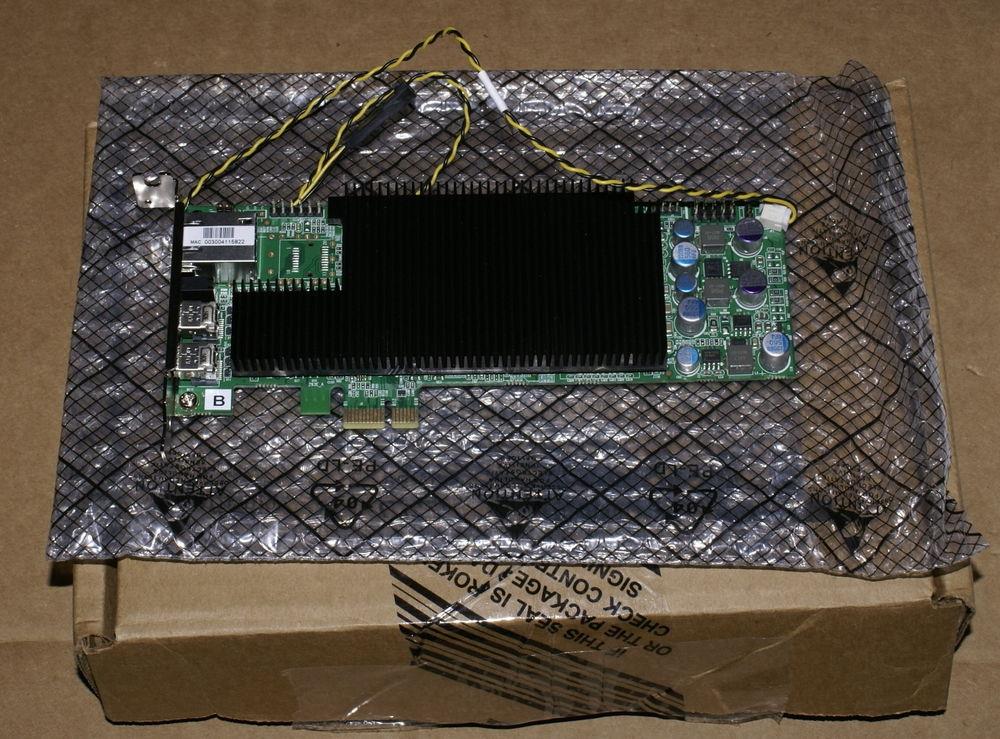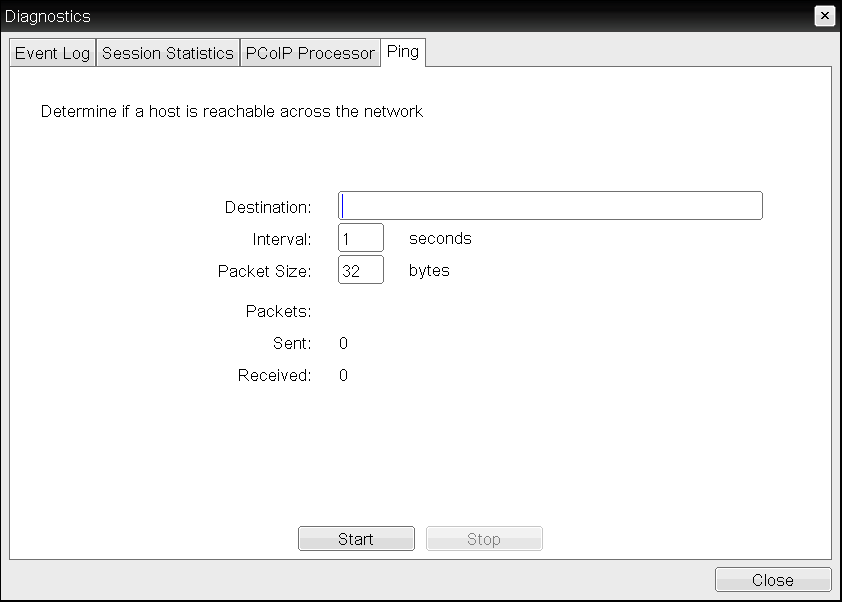

Teradici licensed the software to VMware in 2008. PCoIP initially depended on proprietary hardware, but Teradici eventually created a software version of the PCoIP protocol. The client device was equipped with a proprietary chip that enabled the use of PCoIP communications between the client and server. Initially, PCoIP was a hardware-based desktop virtualization product designed around a blade server that rendered desktop images, and a client device that somewhat resembled a hockey puck. Teradici created the PCoIP protocol and debuted it in 2007. The protocol can handle multimedia and graphics-heavy applications, but it does increase the CPU load on the remote host. From the endpoint perspective, it's almost as if the client is watching a real-time movie of the desktop's activities.

It transmits only regions of the screen that change from frame to frame. PCoIP delivers bitmaps, which define where a pixel appears on the screen and what color it should be, by encoding them on a remote host and then streaming the data to the client. UDP features process-to-process communication and uses a loss-tolerant, low-latency connection to link an application to the internet. PC over IP uses the User Datagram Protocol ( UDP), an alternative to the Transmission Control Protocol ( TCP). The client then decrypts and renders the desktop view for the user. The desktop's pixels are then compressed, encrypted and then transmitted to the client device. PCoIP works by rendering client desktops on a network or cloud server. PC over IP (PCoIP) is a remote display protocol that Teradici developed for delivering remote desktops and applications to endpoints.


 0 kommentar(er)
0 kommentar(er)
